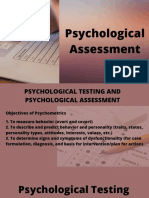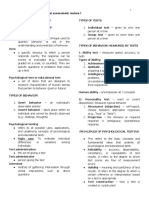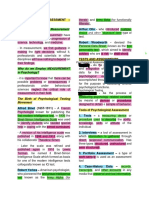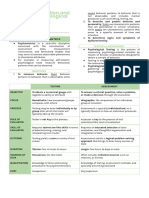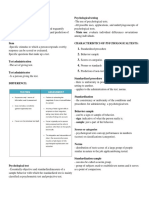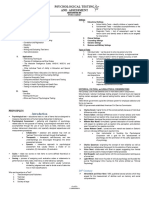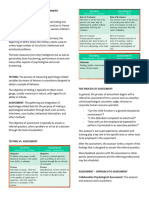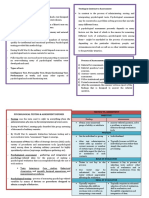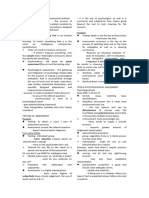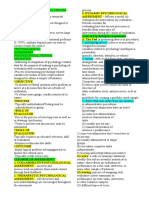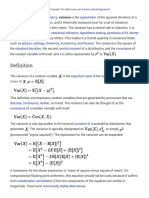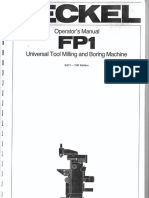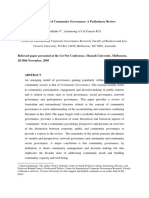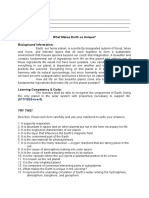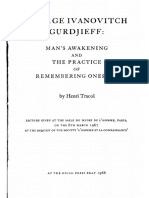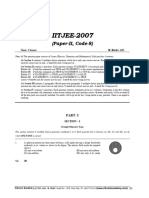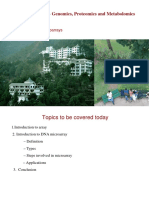0% found this document useful (0 votes)
128 views10 pagesPsych Assess Notes
1. Psychological testing and assessment are related but distinct concepts. Testing refers to administering and interpreting tests, while assessment acknowledges that tests are one tool used by professionals and considers the assessor's skills.
2. Psychological assessment involves gathering integrated data through various tools like tests, interviews, observations to make an evaluation. Psychological testing specifically measures psychological variables using designed procedures and devices.
3. Assessment approaches include collaborative, therapeutic, and dynamic assessment which may involve partnership with the assessee and encouraging self-discovery throughout the process. Common tools include tests, interviews, case histories, observations, and technology like computers.
Uploaded by
ASHLEA JANE VILBARCopyright
© © All Rights Reserved
We take content rights seriously. If you suspect this is your content, claim it here.
Available Formats
Download as DOCX, PDF, TXT or read online on Scribd
0% found this document useful (0 votes)
128 views10 pagesPsych Assess Notes
1. Psychological testing and assessment are related but distinct concepts. Testing refers to administering and interpreting tests, while assessment acknowledges that tests are one tool used by professionals and considers the assessor's skills.
2. Psychological assessment involves gathering integrated data through various tools like tests, interviews, observations to make an evaluation. Psychological testing specifically measures psychological variables using designed procedures and devices.
3. Assessment approaches include collaborative, therapeutic, and dynamic assessment which may involve partnership with the assessee and encouraging self-discovery throughout the process. Common tools include tests, interviews, case histories, observations, and technology like computers.
Uploaded by
ASHLEA JANE VILBARCopyright
© © All Rights Reserved
We take content rights seriously. If you suspect this is your content, claim it here.
Available Formats
Download as DOCX, PDF, TXT or read online on Scribd
/ 10

